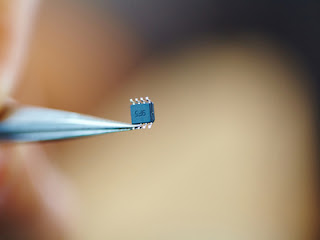Drug and alcohol testing is a component of addiction treatment for obvious reasons. People who seek help at such facilities are at significant risk of relapse and in some cases do slip despite constant monitoring. Those who do not fully grasp the mechanisms of addiction may find it hard to understand why someone would pay for treatment only to continue chasing a high. The paradox is not an oversight of people working in the field; instead, it is a testament to the cunning, baffling, and powerful nature of the disease.
Those who require treatment have to contend with a mental illness that is continuously motivating people to use drugs and alcohol, once again. There is a saying that while you are in the rooms of recovery, your disease is doing push-ups in the parking lot; the condition is regrouping and waiting for an individual to slip up. It is for that reason that lasting recovery depends on eternal vigilance and commitment to the program.
Just because a person knows they need help and manages to seek it out, doesn’t mean their disorder will stop looking for weaknesses, especially in early recovery. When people are new to working a program, cravings and temptations to use are exceedingly strong. Constant monitoring is necessary to help people avoid the trappings of drugs and alcohol, especially at non-residential treatment facilities where clients go home at the end of the day. A lot can happen over the course of an evening. With that in mind, treatment staff will regularly test clients for drugs and alcohol in the form of urine analysis, or UA. While this type of testing works, many people find it difficult and some find it humiliating.
The Potential Future of Drug and Alcohol Screening
What makes UAs more desirable than blood or saliva testing, is the fact that specimens don’t need to be sent off to a lab. Even though the former method of measurement is more obtrusive than blood and saliva screens, it is justified given that it is significantly less expensive. As we trudge along in the 21st Century with smart technologies abounding, it makes sense that scientists would develop ways for helping people stay on track in recovery without having to make friends in the restroom.
In fact, researchers at the University of California San Diego (UCSD) created an ultra-low power injectable biosensor that could be used for continuous, long-term alcohol monitoring, according to a press release. The tiny chip lives just beneath the surface of the skin and can receive power from a smartwatch. It can provide a higher level of accuracy than a breathalyzer and clients cannot tamper with it easily like the patch sensors that exist.
“The ultimate goal of this work is to develop a routine, unobtrusive alcohol and drug monitoring device for patients in substance abuse treatment programs,” said Drew Hall, an electrical engineering professor at the UC San Diego Jacobs School of Engineering who led the project. “This is a proof-of-concept platform technology. We’ve shown that this chip can work for alcohol, but we envision creating others that can detect different substances of abuse and injecting a customized cocktail of them into a patient to provide long-term, personalized medical monitoring,”
Stimulant Use Disorder Treatment
Are you or a loved one in the grips of an alcohol or substance use disorder? If so, please contact Hope By The Sea to begin the process of recovery; we can provide you with the tools for achieving long-term recovery. Recovery is possible, and we can help you make it a reality.


